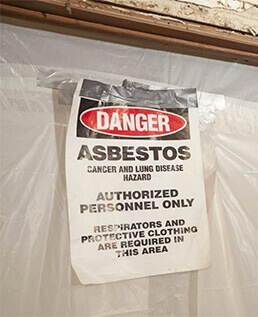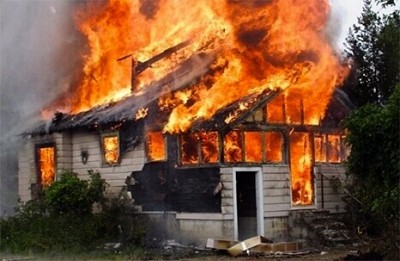Can Ceiling Fans Spread Mold Spores?
Mold infestations are the result of spores entering properties and flowing through them. Airflow facilitates the movement of air and can help move mold spores around, but it doesn’t necessarily contribute to large infestations requiring professional remediation, at least not on its own. If you notice signs of mold, the best way to assess the situation is with an inspection that will determine if you need professional intervention. At Canada’s Restoration Services, we provide certified mold removal in Montreal, Edmonton, Toronto, and more cities across the country.
How Mold Spores Travel Through Air Movement
Mold spores are microscopic and lightweight, making them easily disturbed and carried through the air. When a ceiling fan is turned on, it creates air currents that can lift spores off moldy surfaces, such as walls, ceilings, furniture, or HVAC vents, and distribute them across rooms. This can lead to wider contamination, especially if spores land on damp or porous materials where mold can grow.
In homes with poor ventilation or existing water damage, this becomes an even greater concern. For example, mold in attics, bathrooms, or basements can quickly spread to living areas if airflow is not properly managed or if fans are used before remediation is complete.
On the other hand, ventilation and moving air can prevent spores from infesting your property by facilitating the movement of stagnant air.
What You Can Do to Prevent Mold Circulation
If you suspect mold in your residential or commercial space, it's best to avoid using ceiling fans or portable fans until the issue is properly addressed. Conducting an air quality test and scheduling a professional mold inspection will help assess the extent of contamination.
Proper mold remediation, ventilation improvements, and regular inspections will ensure fans can be used safely without spreading spores or compromising indoor air quality.
Contact Canada’s Restoration Services.






